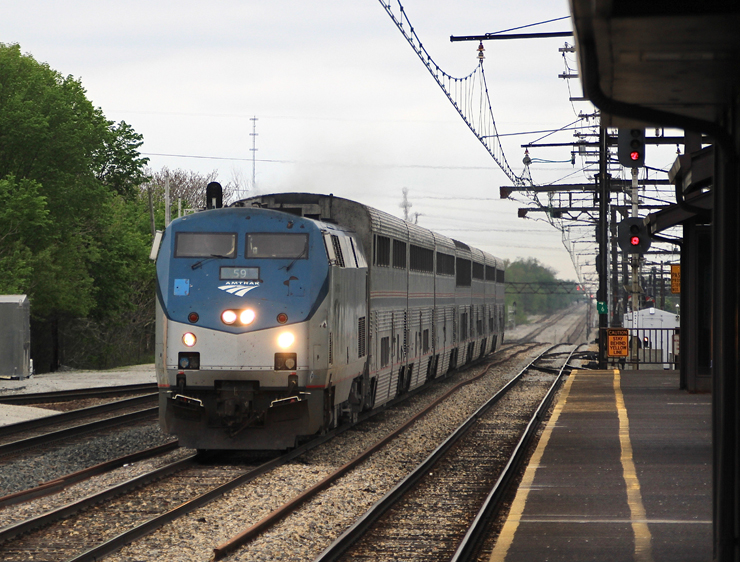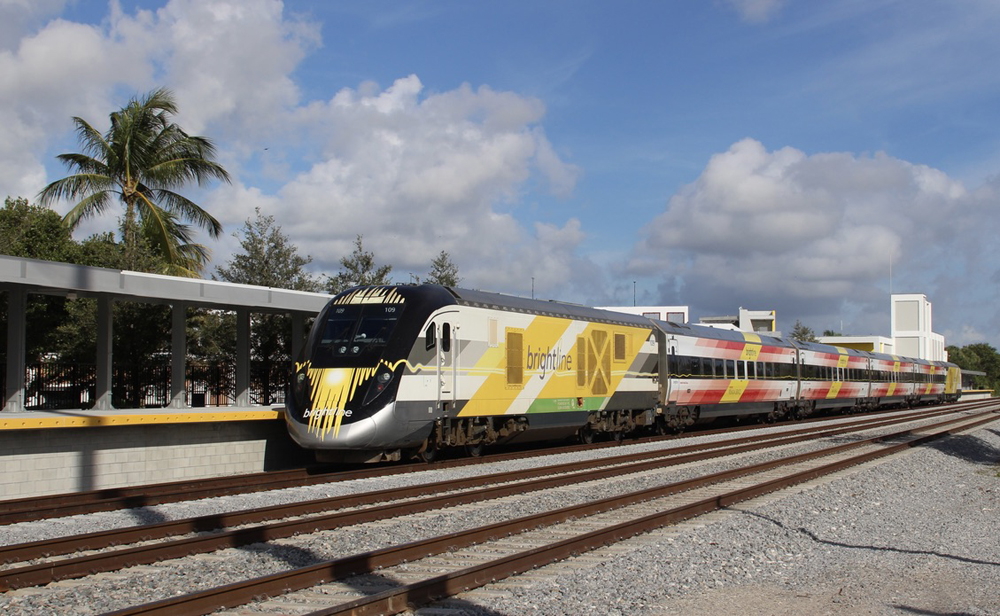The prototype Allegheny evolved from a 2-12-6 concept for the Chesapeake & Ohio Railroad. Lima constructed 60 of the 67-inch-drivered Allegheny types for the C&O between 1941 and 1948.
The Virginian Railway received eight Allegheny locomotives that were similar to the C&O models. The Virginian retired its 2-6-6-6s in 1955 and scrapped them in 1960, while the C&O retired its locomotives by July 1956.
Two C&O 2-6-6-6s survived the cutter’s torch, nos. 1601 at the Henry Ford Museum in Dearborn, Mich., and 1604 at the Baltimore & Ohio Railroad Museum in Baltimore.
The model
I’m pretty flexible on scale and realism, but this O gauge 1:58 scale thing is a bit strange to me. There are no other mainstream O gauge trains modeled to 1:58 scale. While Lionel and MTH have used selective compression to model big steam locomotives for small layouts, effectively making the term “scale” meaningless, K-Line has taken a different route. It has reduced its models proportionately in height, width, and length until they can negotiate O-31 curves. Hence the 1:58 Allegheny and the 1:64 Big Boy.
K-Line’s Allegheny is 261/2 inches long, or 106 feet long in O scale (1:48). The prototype Allegheny is 125 feet, 7 inches long. A full-scale O gauge model would be 31 inches long.
In the real world, K-Line’s O gauge Allegheny matches up well with many of the under-scale O gauge freight cars produced in the postwar and modern eras.
K-Line’s Allegheny is a looker. First and foremost, the tooling used to produce this model is excellent. The depth of the cast-in details is worthy of a more expensive locomotive, and the finish is smooth. I looked hard and found no ripples, flat spots, or other flaws in the boiler casting.
The front deck and pilot are attractive. There’s a headlight on the top deck bracketed on both sides by ladders. Right next to the double-hole smokestack you’ll find a gold-colored whistle. The lower part of the pilot is a single piece with a cast-in replica of a knuckle coupler that looks very postwar Lionel.
Compressors frame both sides of the smokebox. You’ll find number boards and marker lights at the top of the front of the boiler.
K-Line uses add-on handrails along the boiler, and there is a fair amount of cast-in pipe detail.
The cab has cast-in backhead detail and firebox glow. Two crew members are in the cab.
The Chesapeake & Ohio models are nos. K3715-1603W (conventional) and K3715-1601S (TrainMaster and RailSounds) and Virginian nos. K3799-0903W (conventional) and K3799-0900S (TrainMaster and RailSounds).
On the test track
Our low-speed average in conventional-control mode was 18.9 scale mph, while the high-speed average was 86.9 scale mph. In command-control mode, the low-speed dropped to 9.8 scale mph. Drawbar pull was 2 pounds, 12 ounces.
Our sample locomotive suffered from two operating problems. First, the pilot occasionally popped off the track when running at high speeds.
Second, a wheelset in the trailing truck fell out. This is the same problem we encountered with the K-Line Dreyfuss Hudson. A plastic axle bearing, held by friction into a slot in the die-cast metal truck frame, repeatedly slipped out, causing the entire wheelset to fall out.
The locomotive’s RailSounds system was strong and drew a suitable number of curiosity seekers into the CTT workshop while we were breaking in the locomotive. The smoke unit is fan driven, but its whir can be heard even with RailSounds turned on. A check of the TrainMaster Command Control functions found all working as expected.
Like the previously released Big Boy, K-Line’s new Allegheny offers big steam for small O gauge layouts, and an alternative to the selective compression used by K-Line’s competitors. Other than the loose wheelset, our Allegheny was a strong performer.















I have this model and as you said it is very good looking. I have to date had no issues and if I ever see another for sale will take it hame, if you see one, get it.
Bought mine used and it was negleted. A little TLC and home repaair she is the best runner I have. Pulls like a champ.
Just found one new in the box with criuse installed at K-Line in York. Runs great and handles well. Railosunds is great too. I hvae retired my Lionel scale Big Boy to a siding as this guy runs so much better even though I have 072 curves and switches. The scale Big Boy will "bang" through 072 switches and sometimes throw a traction tire. Not this guy. If you can find one, buy it.